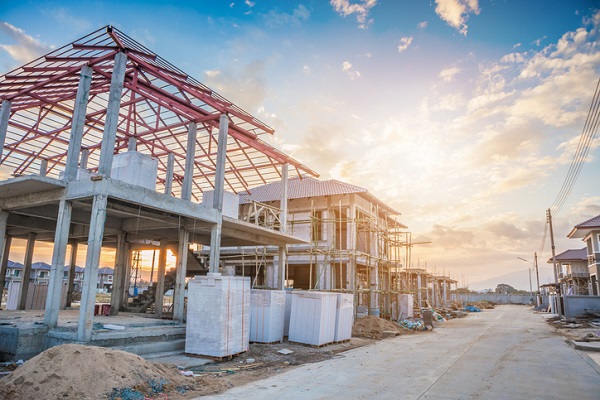Building resilience in Australia’s supply chain

In Australia’s largest cities, an estimated 43% of items used in households arrive via a shipping container. With the COVID-19 pandemic affecting supply chains in Australia and around the world, industries are being forced to change the way they work.
Standards Australia head of stakeholder engagement Daniel Chidgey says that with borders closing, people are faced with global supply challenges that haven’t been present in decades.
“We heard the concerns around global and national shortages of consumer goods to critical personal protective equipment. Now is an opportunity to reshape Australia’s supply chains to build resilience and through focusing on the right areas, accelerate our economic recovery,” he says.
Standards Australia is in a position to be able to bring together viewpoints from many different sectors.
Paving the way forwards for Australian industry, the body has published a discussion paper, calling for feedback on how standards might shift in response.
“Our aim following these discussions is to build a set of actionable outcomes. As a next step in supporting the industry through this unprecedented time, we look forward to discussions with our stakeholders,” Daniel adds.
Standards Australia will be accepting comments on the Supply Chain Discussion Paper via sem@standards.org.au until 11 October 2020.
